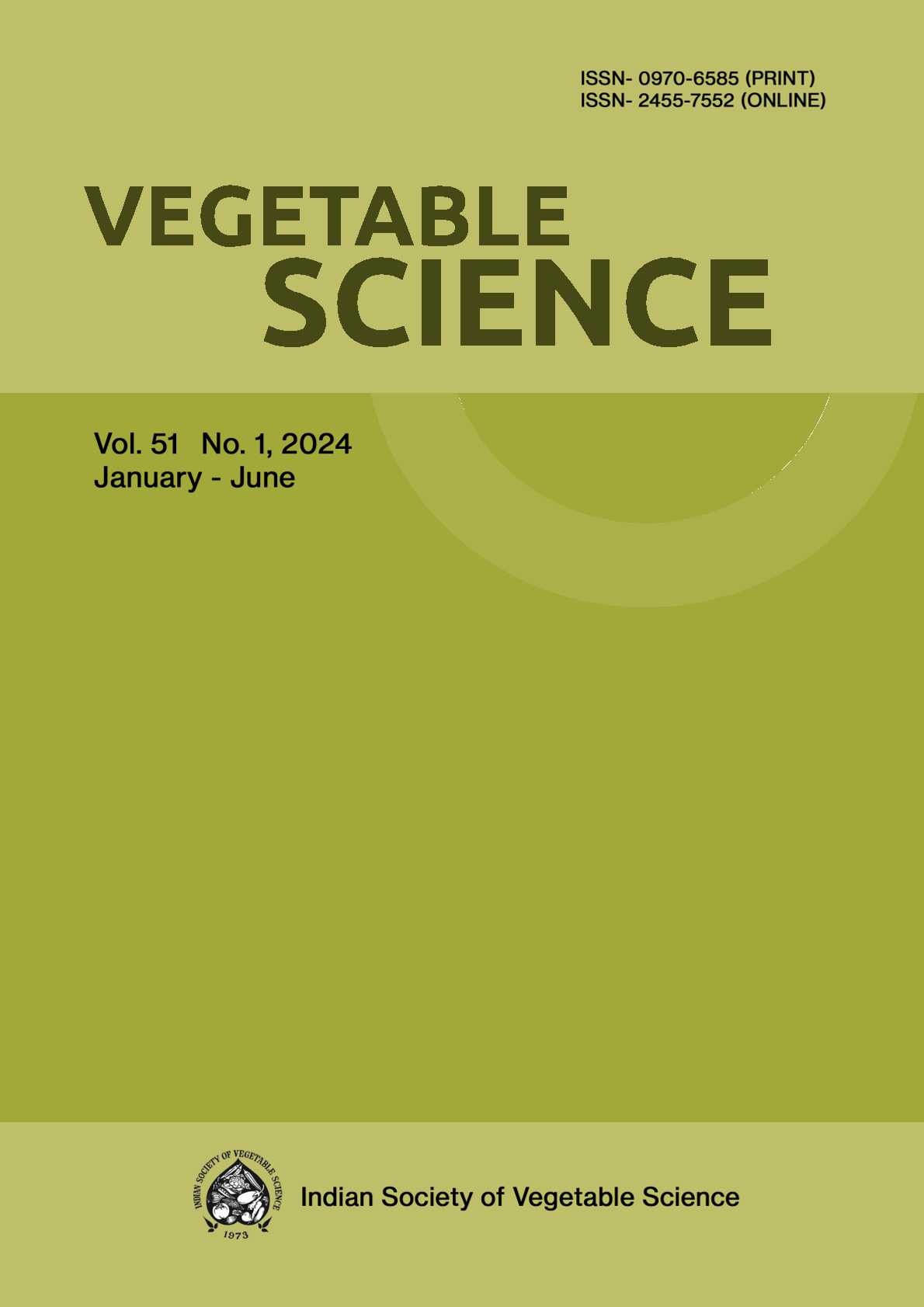Growth and nodulation of cowpea [Vigna unguiculata (L.) Walp] as influenced by phosphorus levels and bio-inoculants
DOI:
https://doi.org/10.61180/Keywords:
.Abstract
Cowpea has unique place in Indian agriculture particularly from the nutritional and soil fertility point of view. Cowpea is well adapted to stress condition and possesses excellent nutritional quality. Its 100 g edible green pods contain 84.6 g moisture, 4.3 g protein, 0.2 g fat, 0.9 g minerals, 2.0 g fiber, 8.0 g carbohydrates etc. It plays an important role by serving as pulse (dry seeds) as well as vegetable (green pod) in subtropical regions. It is extensively grown in the eastern part of the country particularly in U. P. and Bihar. It improves the soil fertility by increasing the amount of nitrogen in the soil through symbiotic nitrogen fixation. It is one of the best components of crop diversification in traditional rice-wheat cropping system (Mortimore et al., 1997).Downloads
Published
2013-12-30
Issue
Section
Articles
License
Copyright (c) 2013 RN Prasad, Rajanish Kumar Singh, RB Yadava, SNS Chaurasia (Author)

This work is licensed under a Creative Commons Attribution-NonCommercial-NoDerivatives 4.0 International License.
How to Cite
Prasad, R., Singh, R. K., Yadava, R., & Chaurasia, S. (2013). Growth and nodulation of cowpea [Vigna unguiculata (L.) Walp] as influenced by phosphorus levels and bio-inoculants. Vegetable Science, 40(02), 204-206. https://doi.org/10.61180/






